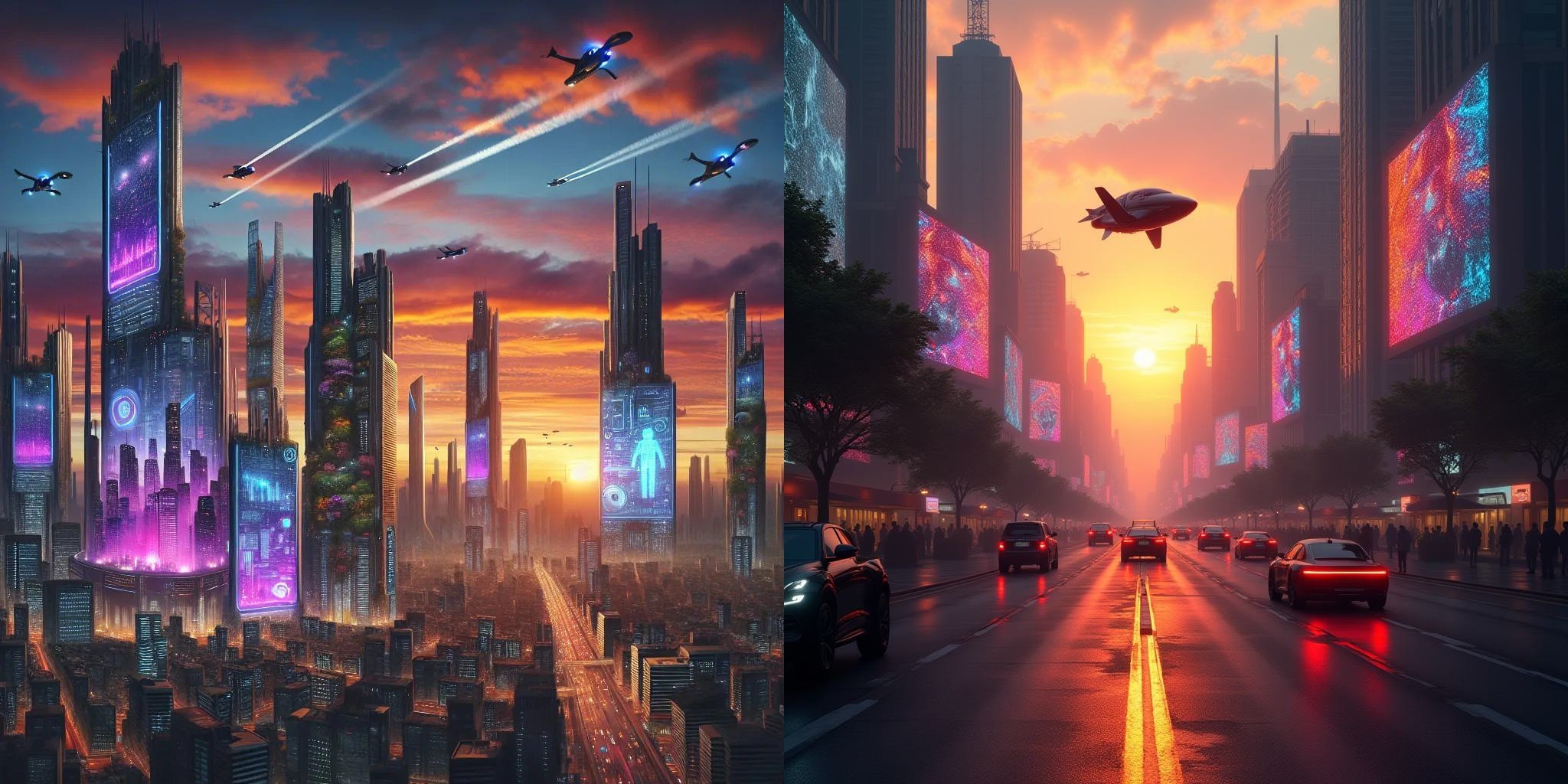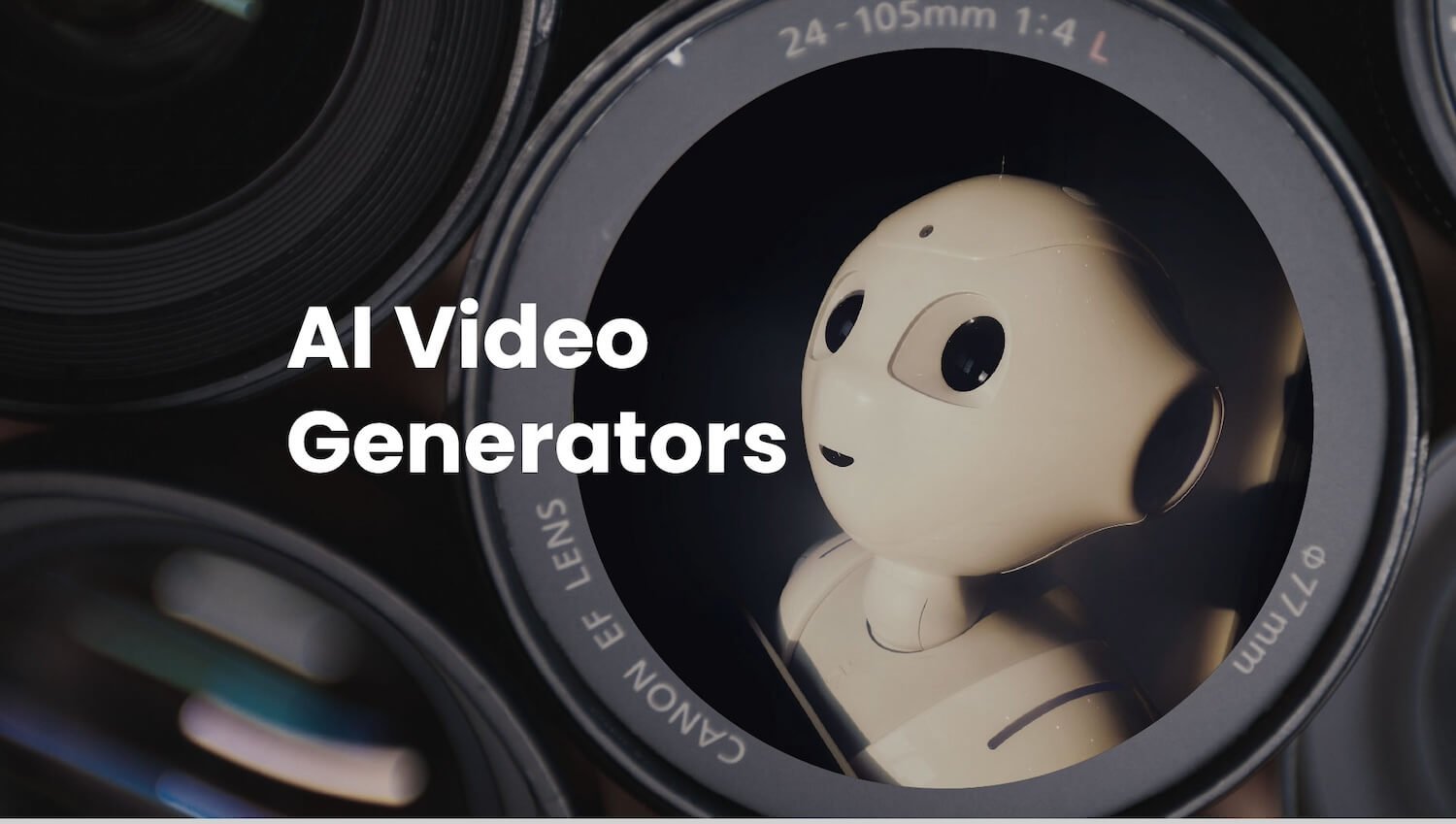FLUX.1 vs DALL·E 3: The Ultimate AI Image Generation Showdown

toc
- Introduction
- 1. Model Architecture and Technical Innovations
- 2. Text Understanding and Image Generation Capabilities
- 3. Image Quality and Diversity
- 4. Open-Source vs. Accessibility
- 5. Real-World Application Scenarios
- Conclusion: Which Model Is Right for You?
Introduction
In the ever-evolving world of artificial intelligence, the ability to generate high-quality images from text prompts has become one of the most exciting frontiers. Today, we compare two of the leading AI-driven image generation models: FLUX.1 and DALL·E 3. FLUX.1, developed by Black Forest Labs, represents the latest in open-source image generation technology, while DALL·E 3, the third iteration from OpenAI, pushes the boundaries of text-to-image generation with its advanced understanding and creative capabilities.
1. Model Architecture and Technical Innovations
FLUX.1 is built on a cutting-edge architecture that combines multimodal and parallel diffusion transformer blocks, scaling up to 12 billion parameters. This massive scale allows FLUX.1 to excel in generating highly detailed and anatomically accurate images. One of the most notable features of FLUX.1 is its open-source nature, which provides developers and researchers with the flexibility to use and modify the model as needed.
DALL·E 3, on the other hand, leverages the powerful GPT architecture from OpenAI. It focuses on deep text comprehension and excels in converting complex textual descriptions into coherent and creative images. DALL·E 3’s model architecture is optimized for both creative expression and practical utility, making it a favorite for a wide range of applications.
2. Text Understanding and Image Generation Capabilities
When it comes to text understanding, DALL·E 3 stands out. Its ability to interpret and execute complex prompts is unmatched, making it highly reliable for scenarios where nuanced or intricate text descriptions are required. DALL·E 3 can handle multiple objects, complex scenes, and abstract concepts with ease, producing images that are both imaginative and contextually accurate.
FLUX.1, while slightly less advanced in text interpretation compared to DALL·E 3, compensates with its precision in generating detailed images. It is particularly well-suited for tasks that require high levels of accuracy and detail, such as technical illustrations or medical imaging.

Left: Flux.1 Right: Dall·E 3
3. Image Quality and Diversity
FLUX.1 is known for its superior image quality, particularly in producing photorealistic images with exceptional detail. Whether it's the texture of a material or the intricacies of lighting, FLUX.1 consistently delivers high fidelity in its outputs. This makes it ideal for projects where realism and accuracy are paramount.
DALL·E 3 excels in image diversity, capable of producing a wide range of styles from hyper-realistic to abstract art. Its versatility allows users to generate images that fit a broad spectrum of creative needs, from advertising and marketing to educational content.

Left: Flux.1 Right: Dall·E 3
4. Open-Source vs. Accessibility
One of FLUX.1's most significant advantages is its open-source nature. The Dev and Schnell versions are available for download on platforms like Hugging Face, enabling developers and researchers to customize and integrate the model into various applications. This openness fosters innovation and broadens the potential uses of the model across industries.
DALL·E 3, although not fully open-source, offers extensive accessibility through OpenAI’s platform. It supports integration into various applications, providing commercial usage rights for businesses. DALL·E 3’s user-friendly interface and robust API make it accessible to a wide audience, from hobbyists to professionals.
5. Real-World Application Scenarios
FLUX.1 finds its strengths in applications that demand precision and technical accuracy. Examples include industrial design, medical imaging, and detailed product visualization. Its ability to generate exact representations makes it indispensable in fields where detail and realism are critical.
DALL·E 3, with its broader creative capabilities, is ideal for use in advertising, content creation, and education. Its ability to interpret and visualize abstract ideas makes it a powerful tool for creating engaging and imaginative visuals.

Left: Flux.1 Right: Dall·E 3
Conclusion: Which Model Is Right for You?
Choosing between FLUX.1 and DALL·E 3 ultimately depends on your specific needs. If you value open-source flexibility, high technical precision, and community-driven development, FLUX.1 is the clear choice. Its superior performance in technical benchmarks and open-source availability make it a formidable tool for developers and researchers.
On the other hand, if you prioritize artistic style, creative expression, and ease of use, DALL·E 3 remains a top contender. Its refined approach to text understanding and versatile image generation capabilities make it ideal for artists, marketers, and educators.
Both models represent the cutting edge of AI-driven image generation, each with its own strengths. Whether you’re a professional seeking the highest quality outputs or a developer looking to innovate, the future of image generation is bright with FLUX.1 and DALL·E 3 leading the way.



